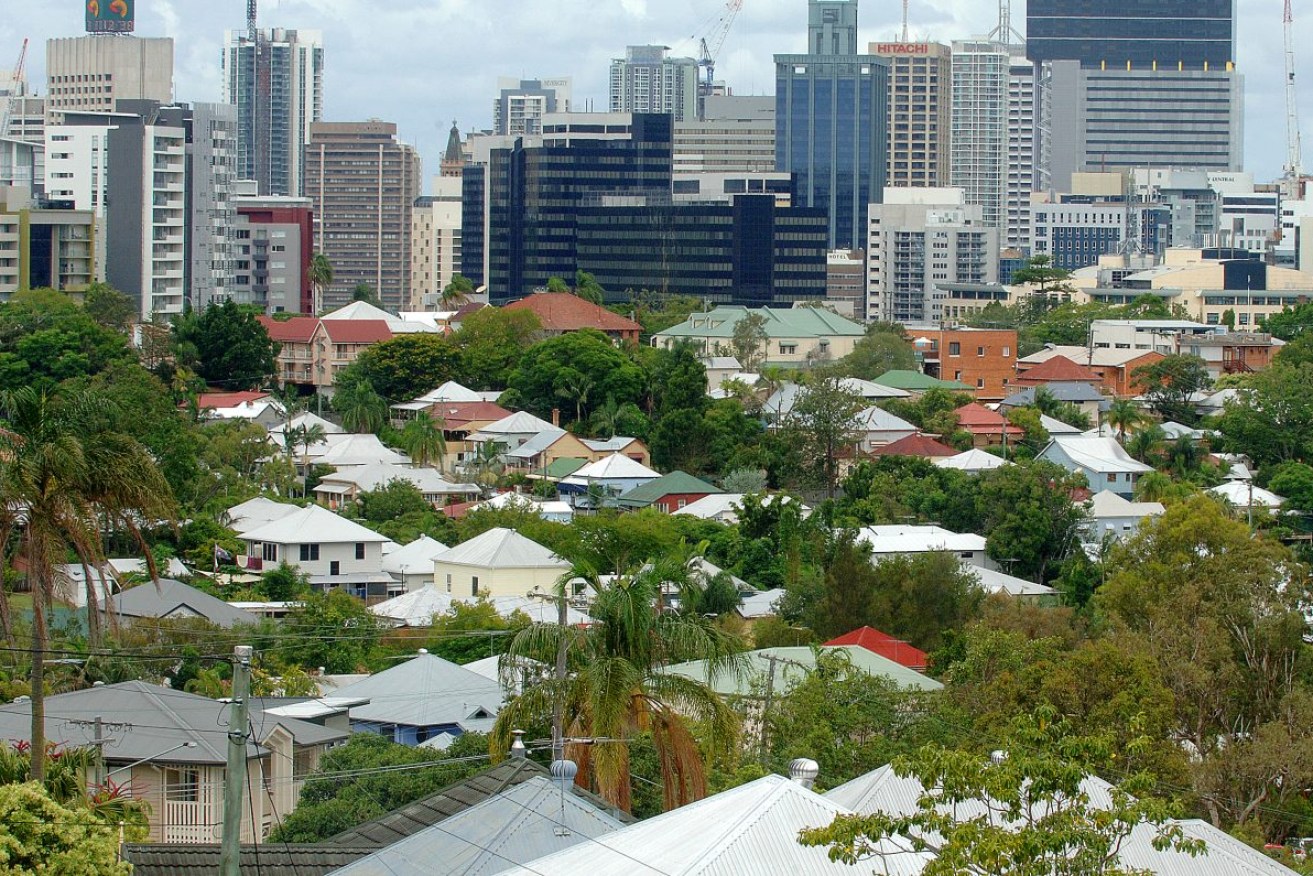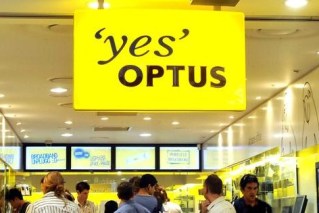Is this the death of the CBD? SEQ’s future lies in the suburbs, says planning report
The days of central business district are over and governments had to start planning for the suburban boom, according to a planning group.


Brisbane suburban housing near the city. (AAP Image/Dave Hunt, file)
Suburban Futures, a non-profit group that promotes better suburban planning, said jobs and population growth were so misaligned in current planning and that “we are potentially condemning more people to longer commutes” because future jobs and future housing were not being matched.
The group said the missing ingredient to the region’s growth was the lack of commercial centres that can sustain the huge demand that is coming for business accommodation in the suburbs.
It follows the release of a draft plan for the region from the State Government which predicts a population in SEQ of 6 million by 2046 that would require another 900,000 homes.
Planning Minister Stephen Miles has said that the new homes need to be located near to jobs.
Suburban Futures said the revision of the SEQ Regional Plan needed to account for the future explosion of suburban jobs and where they will be because the city was no longer the magnet for business.
Its report, which was produced earlier this year, takes on more importance in light of the population surge.
Co-founder Ross Elliott said all the talk had been about housing but jobs and the shape of the city had to be discussed.
He said the CBD may have once been the job centre, but now was the location for only 8 per cent of jobs. Inner Brisbane had another 13.8 per cent and the suburbs within 5km of the city had another 21 per cent. In comparison the Gold Coast had 16 per cent, the Sunshine Coast 8 per cent and the rest was in the big picture “greater Brisbane”.
The work-from-home trend was also now embedded in the work culture and likely to lead to further suburban demand.
The largest employing industries were in sectors such as health care and social assistance, retail trade, education and training and construction.
“These are not industries looking for CBD or inner city office space,” the submission said.
It said the inner city was now a place for the wealthy and the middle and outer suburbs were “showing clear signs of limited economic opportunity and falling standards of living”.
It said Census data showed that in New Farm, more than 20 per cent of households earned more than $4000 a week and this was being supported by policies which provide disproportionate infrastructure spending in inner city areas. New Farm was also a suburb with one of the highest median house prices.
The inner city also received the largest amount of Government spending in its analysis of 12 state budgets. It found the level of spending was about four times that allocated to other regions. In recent years projects like the Cross River Rail had added to that.
Critics have also suggested that while the inner city spending did occur, it wasn’t a valid comparison because infrastructure in the growth suburbs was built and paid for by developers.
Elliott rejected that saying infrastructure charges paid by developers never covered the total cost.
“City-loving office workers and employers have re-evaluated the costs of lengthy commutes and time away from family and embraced the freedoms offered by technology to work remotely. The three-day office weeks seems a new normal,” the report said.
“Contrary to popular and some professional opinions, the inner city is not the location of the majority of the region’s jobs. The suburbs of greater Brisbane account for a much greater number than the CBD or inner-city areas,” the group’s submission said.
“Further, jobs growth is not CBD-centric or centred on the city. Of the near 300,000 new jobs created in 2016 to 2021 period, only 24,000 of these were in the CBD. Only 52,000 were in the inner 5km.
It points out that the current plan shows major population growth in places like Logan, Ipswich, the Gold and Sunshine coasts and Moreton Bay and these were the areas where infrastructure spending was needed.
Suburban Futures said the modern reality was very different and there had been big shifts from the inner-city centric view of the 1960s.












